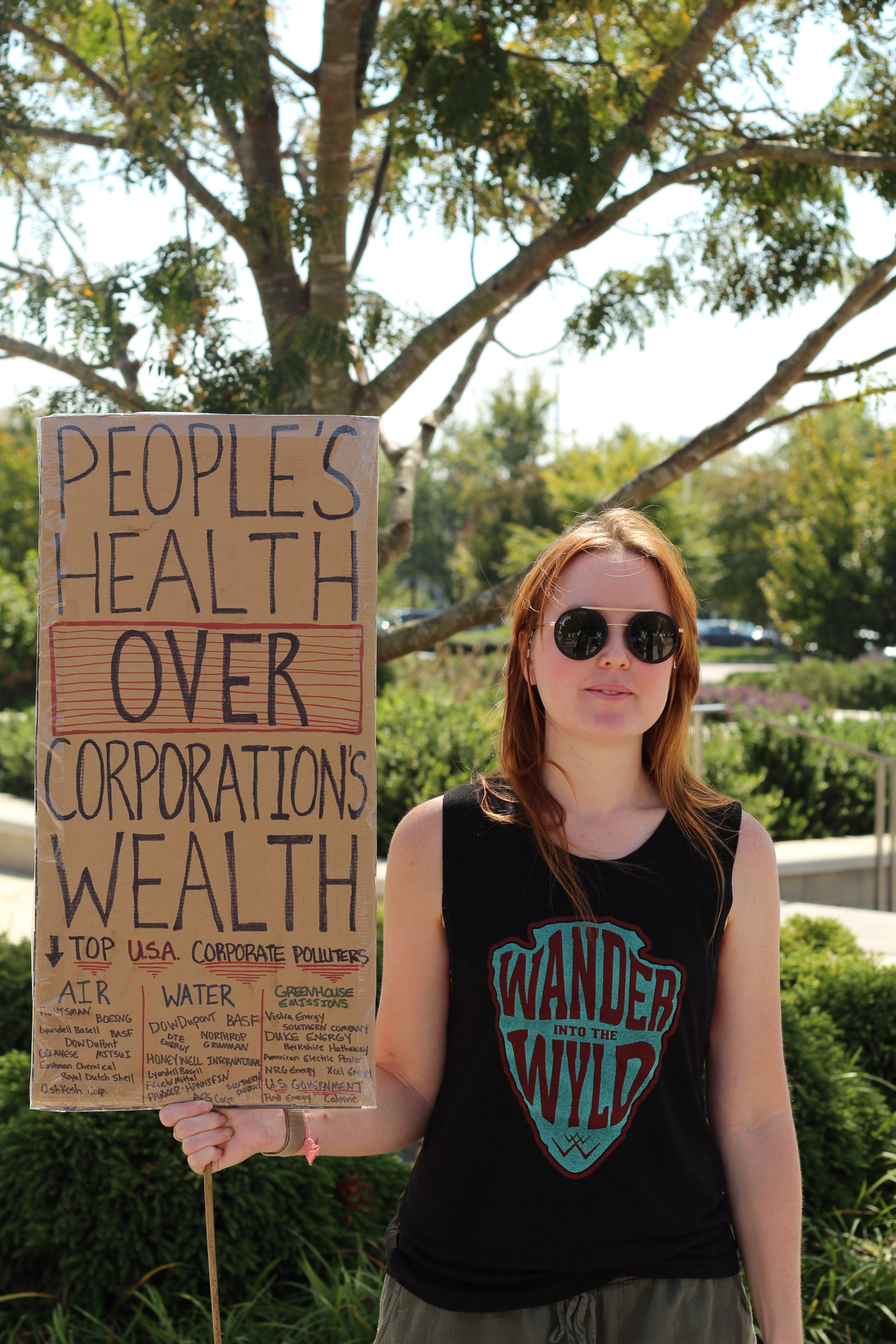The possible causes of climate change first made headlines in the news 63 years ago. Why was there not a bigger call for change then?
In 1956, an article by the New York Times titled “Warmer Climate on the Earth May Be Due To More Carbon Dioxide in the Air,” became the first printed research on the possible effects of human pollution.
“More carbon dioxide is being generated by man’s technological processes,” Waldemar Kaempffert, the author of the article, wrote. “Every century man is increasing carbon dioxide content by 30%… The average temperature since 1900 has risen by about [33.98℉].”
He also wrote that this theory of climate change was proclaimed sixty years before his article but was dismissed and was reestablished by Dr. Gilbert Plass. Plass explains the theory is correct and “may take another century of observation and measurement of temperature to confirm it.”
Although it has only been 63 years since the publishing of this article, research has proven the effects of climate change is human activity on Earth.
According to NASA, the emission of carbon dioxide has increased exponentially since the Industrial Revolution.
“Since the Industrial Revolution, human activities have increased carbon dioxide and other greenhouse gases in the atmosphere,” said Dr. Cynthia Tant, a biology professor at Winthrop. “Continued increases in human population have increased demand for resources and thus increased emissions of carbon dioxide and greenhouse gases, which high contribute to global warming and climate change.”
Even though temperature changes have always been on Earth, it is now becoming a more alarming problem.
“When we weren’t here as a species 400 million years ago [climate change] didn’t really matter [and] our species has lived through some catastrophic climate changes like the Ice Age,” said Dr. Janice Chism, a biology and anthropology professor at Winthrop. “It’s hard to say this climate change episode is going to be worse than others … but for our species this one is developing very rapidly. The issue of time is how quickly can a species adapt to changes.”
Adapting to these temperatures has proven to be a slow process, despite the rapidly rising degrees.
“From the point of view of other organisms … it’s those high night temperatures that stay up [that] seems to be making it worse for a lot of organisms,” Chism said.
July of 2019 was the record for the hottest month in history. There were about 70,000 reported deaths in Europe linked to the excessive heat, according to The Washington Post.
Along with this, climate change is causing sea levels to rise. Warmer temperatures are melting glaciers and ice, which flows into the ocean causing increased water levels. When the ocean is warmed, it expands which pushes water closer to shore.
“Most recently in South Carolina, we have seen severe historic flooding in 2015, Hurricane Matthew in 2016, Hurricane Irma in 2017, Hurricane Florence in 2018, and drought conditions this year,” Tant said.
South Carolina ranks fifth in the nation of most at risk homes by 2045 due to this flooding, according to The Post and Courier.
However, there can be a change to reverse or prevent the harmful effects of climate change.
“Each of us, even if it’s a small thing, there’s 70 billion of us, even if half of us did a little bit it really would make the difference,” Chism said. “Walk a little bit more, drive a little less. We can all do these little things.”
Photo: Kevin Seabrook/ The Johnsonian




